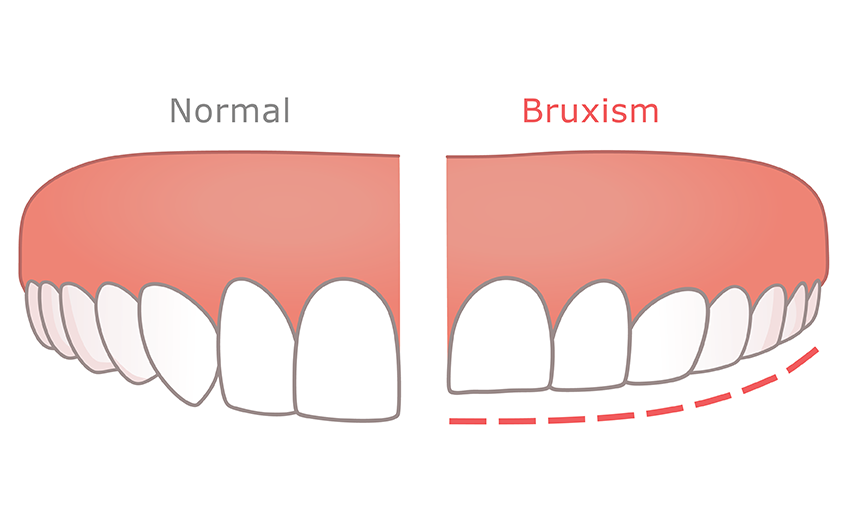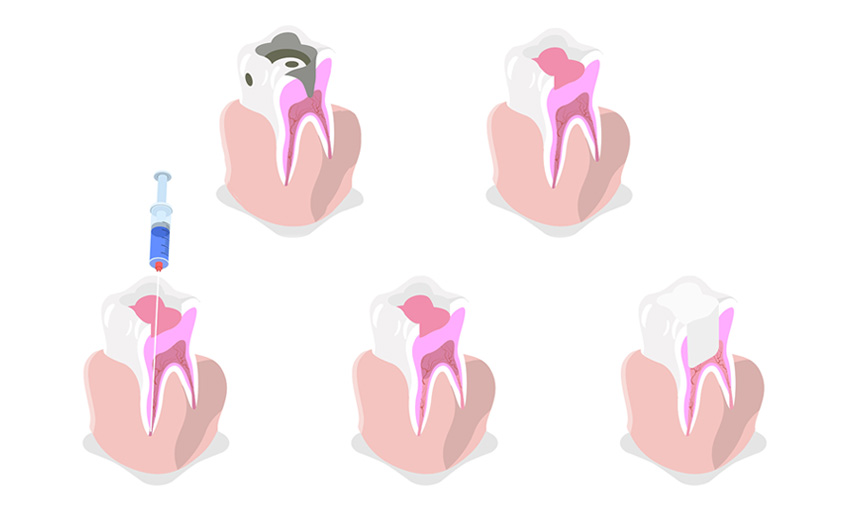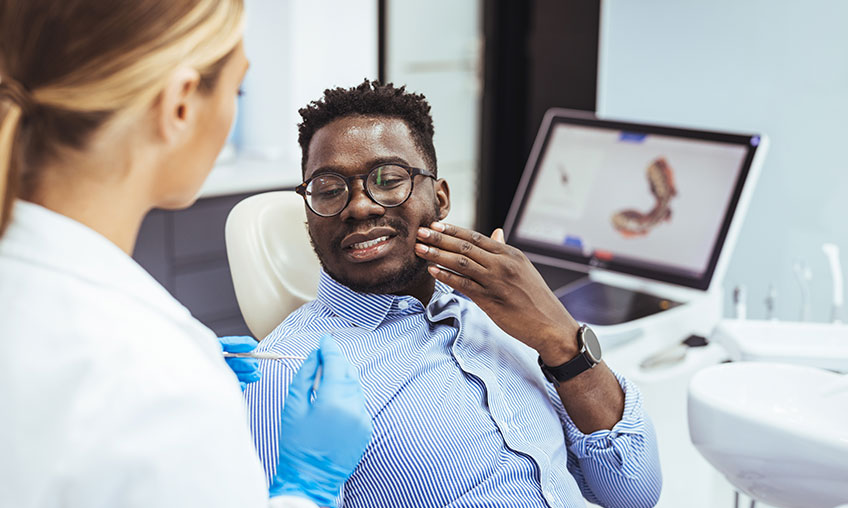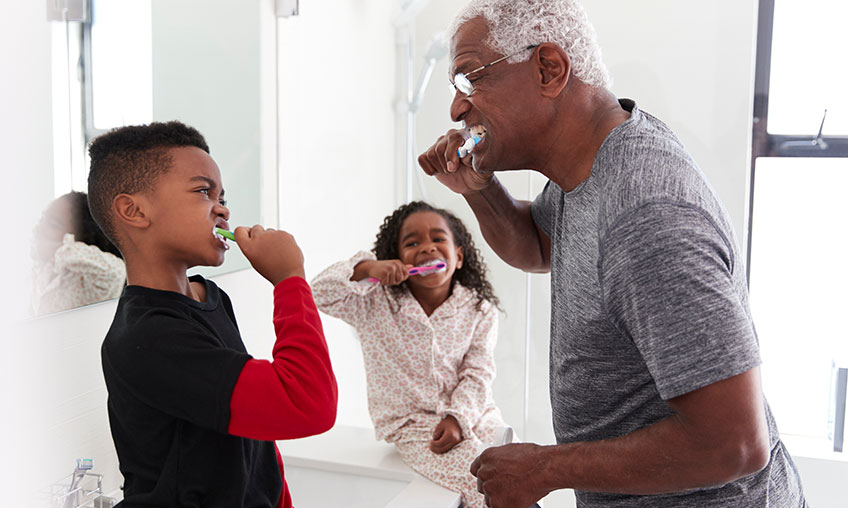As dentists reopen their practices during the COVID-19 pandemic, they are being provided with resources, guidelines and safety protocols from both the American Dental Association (ADA) and the Centers from Disease Control (CDC) for how to move forward. To ensure a safe and positive experience for everyone, it’s important that patients also know what to expect. Please note, these practices may vary between dental offices.
When Making an Appointment
With increased demand and likely reduced capacity due to social distancing and other safety protocols, waiting periods to secure an appointment might be a little longer than usual. Patients should also expect a series of screening questions when making an appointment. Questions, which could vary between dental offices, may include:
- Have you ever been diagnosed with COVID-19? If so, what was your date of diagnosis?
- Do you live with or care for someone who has COVID-19?
- Have you had a fever greater than or equal to 100.4° in the past 48 hours?
- Do you have a cough?
- Have you traveled outside of your county in the past 14 days? If yes, where?
When Arriving at the Dentist’s Office
The days of magazines and toys in the waiting room or greeting your dentist with a handshake are gone for now. Other potential changes include:
- Temperature checks - Offices may require patients to do a temperature check before entering.
- Mask requirements - Many offices will likely ask patients to wear a mask when coming in. Patients may be encouraged to bring their own mask if they own one.
- Alternative waiting areas - Some offices may have less seating with chairs six feet apart, while others may ask patients to wait in their cars or outside the building until they receive a call or text letting them know it’s safe to go inside.
When in the Exam Room
Changes to a dental appointment will go beyond the waiting room, as dentists are among the health care providers at the highest risk of transmitting COVID-19. Because they’re working in people’s mouths, they need to take every precaution necessary to keep themselves, their staff and their patients safe. Precautions may include staff wearing full face shields and head coverings, along with other personal protective equipment (PPE).
Every state, local community and dental office will be a little bit different throughout the reopening process. Patients should always talk with their dentist to decide what is best for them.
Please note that any screening questions asked by your oral health provider do not replace a physician's diagnosis. If you think you may have COVID-19, please visit a doctor and get tested immediately.
DISCLAIMER: This content is provided for general information, is not intended to provide medical or dental advice, and should not be relied upon as a substitute for professional medical or dental advice, diagnosis or treatment. No dentist/patient relationship is established by this content. No diagnosis or treatment is being provided. No guarantees or warranties, including insurance coverage or payment, are made regarding any of the information provided. We may provide links to other websites that are not under our control. In general, any website that has an address (or URL) not containing our domain name is such a website. These links are provided for convenience or reference only and are not intended as an endorsement by us of the organization or individual operating the website or a warranty of any type regarding the website or the information on the website.
 Preventistry Pulse Image
Preventistry Pulse Image
PREVENTISTRY PULSE
The newsletter designed for anyone who wants to improve oral health for themselves, their families, customers or communities.




